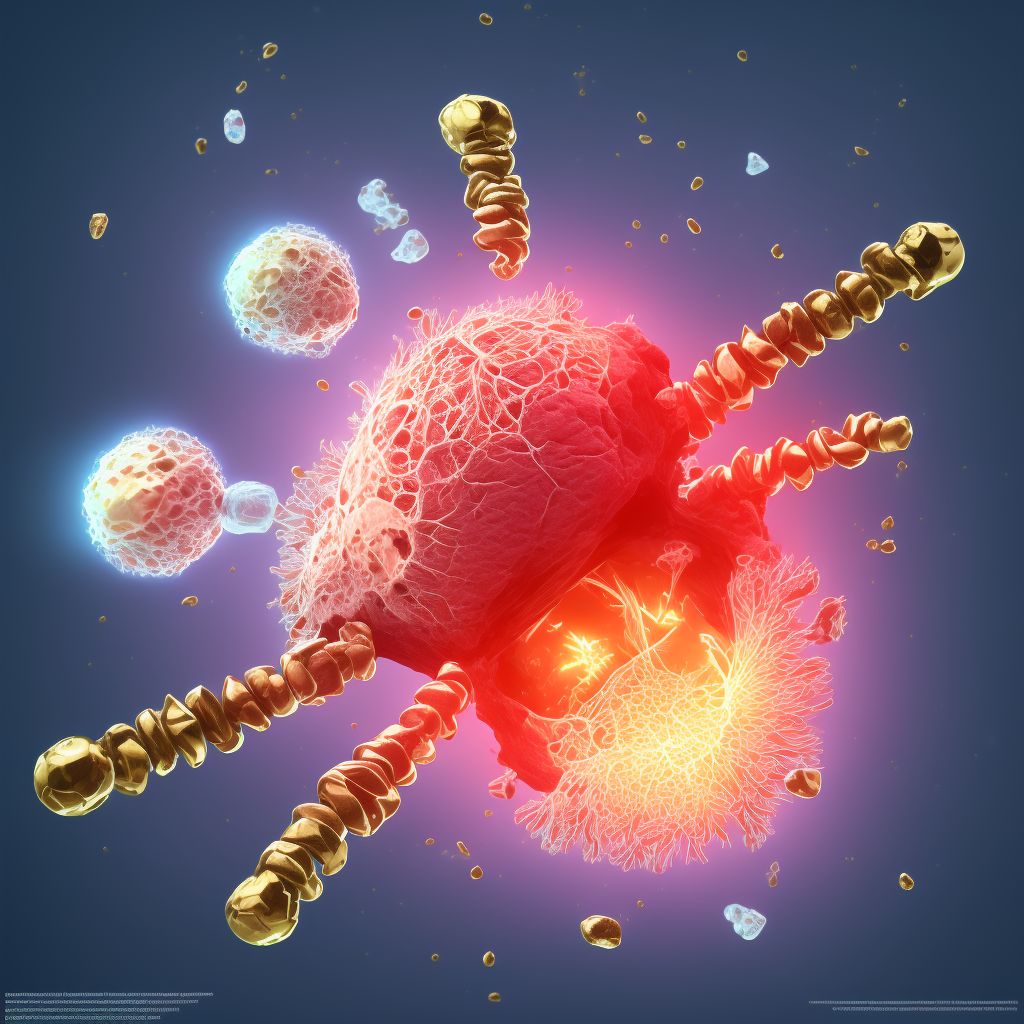
Nondisplaced fracture of medial condyle of right tibia, initial encounter for open fracture type IIIA, IIIB, or IIIC Save
ICD-10 code: S82.134C
Disease category: S82.134: Nondisplaced fracture of medial condyle of right tibia
Nondisplaced Fracture of Medial Condyle of Right Tibia: What You Need to Know
When a bone is broken, it's not always a straightforward injury. In the case of a nondisplaced fracture of the medial condyle of the right tibia, it's important to understand the specifics of the injury and what it means for your recovery.
This type of fracture is considered an open fracture, which means that the bone has broken through the skin and is exposed to the environment. There are three different types of open fractures: IIIA, IIIB, and IIIC. Each type is based on the severity of the injury and the damage done to surrounding tissue.
- IIIA: The skin has been pierced by the bone, but the injury is relatively clean and does not involve major damage to surrounding tissue or blood vessels.
- IIIB: The fracture has caused extensive damage to surrounding tissue and blood vessels, and there may be significant contamination of the wound.
- IIIC: The fracture has caused severe damage to the surrounding tissue and blood vessels, and there may be a loss of limb or life-threatening complications.
If you have been diagnosed with a nondisplaced fracture of the medial condyle of the right tibia, your healthcare provider will determine the severity of your injury and what type of open fracture you have.
It's important to note that open fractures are considered medical emergencies and require immediate treatment to prevent infection and other complications. If you suspect that you have an open fracture, seek medical attention right away.
While treatment for a nondisplaced fracture of the medial condyle of the right tibia will depend on the severity of your injury, it's important to follow your healthcare provider's instructions to ensure proper healing. This may include immobilization, rest, and physical therapy to regain strength and mobility in the affected area.
Treatment of Nondisplaced fracture of medial condyle of right tibia, initial encounter for open fracture type IIIA, IIIB, or IIIC:
Treatment Options for Nondisplaced Fracture of Medial Condyle of Right Tibia
A nondisplaced fracture of the medial condyle of the right tibia can be a painful and debilitating injury. It occurs when the bone is cracked or broken but still remains in place. This type of injury can be caused by a variety of factors, including sports injuries, falls, and car accidents.
If y...
To see full information about treatment please Sign up or Log in